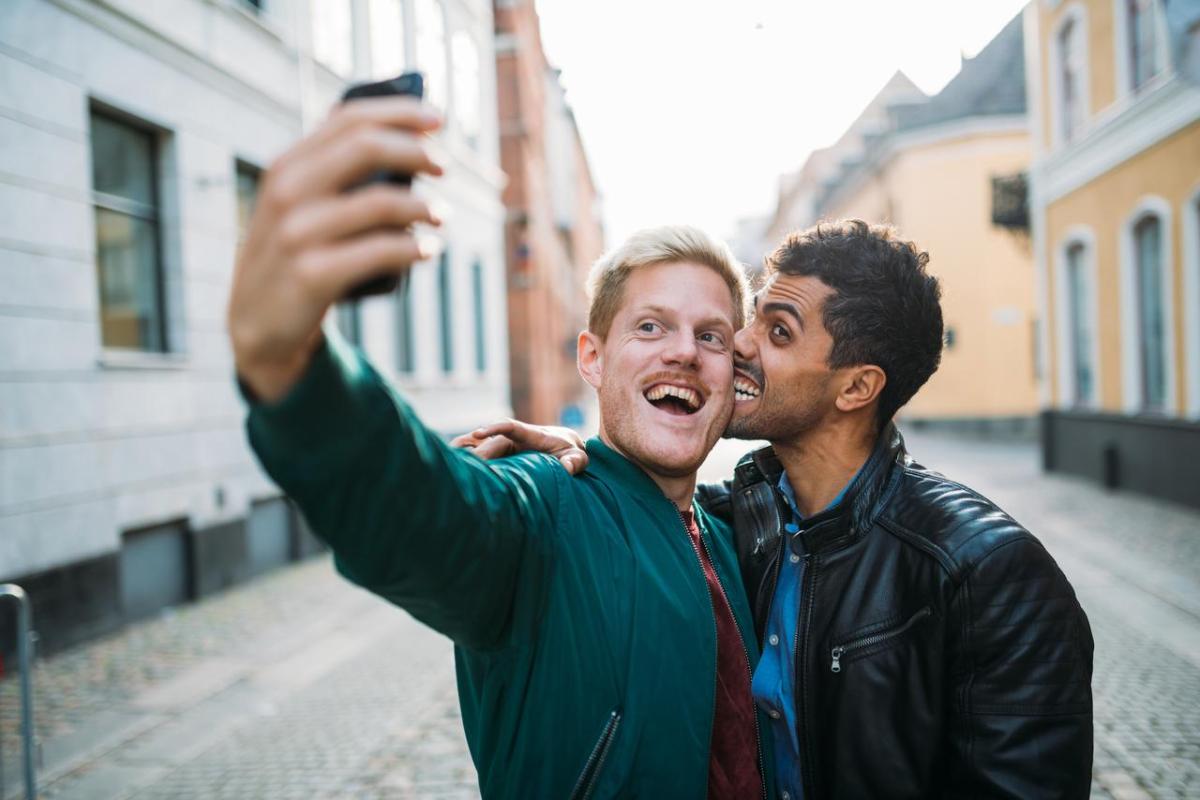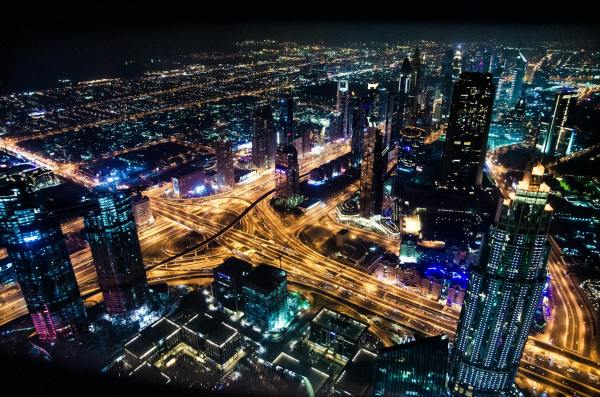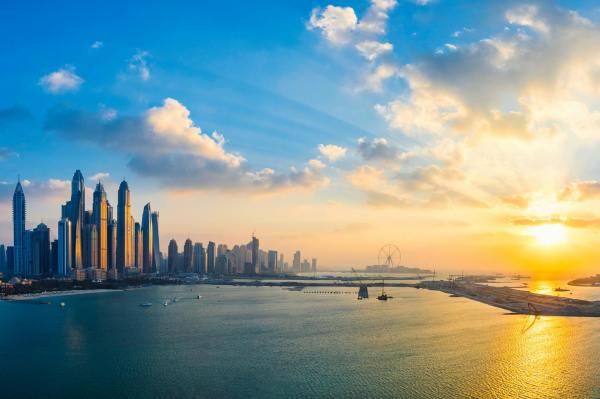The economic recovery has encouraged companies to adapt effectively to this evolution, streamlining their digitisation processes, massively implementing remote working and rapidly boosting e-commerce. As a result, companies that embark on the digital transition will be committing to a strategy geared towards productivity and competitiveness.
Tourism is a key sector for the Spanish economy. According to the data provided by Hosteltur, a website specialising in tourist information, tourism contributed 12.4% to the Spanish GDP in 2019 (and 7.4% in 2021 as a result of COVID-19). Due to the economic crisis caused by the pandemic, companies in the tourism sector underwent a significant slowdown and were unable to move forward as decisively as they had done before.
However, the return to pre-pandemic normality and the arrival of the Next Generation EU funds have provided a major boost for the sector and helped to strengthen the resilience of this activity. The aims are to reinforce the communication channels with tourists who use digital channels, improve the business and value chain processes and deploy real sustainability and care policies for both natural resources and historical heritage, as required by society.
The current context of tourism digitisation
In order to understand what the coming years will be like for the tourism industry in terms of digitisation, it’s vital to understand where the companies in the sector are starting from.
As indicated by the CaixaBank Sectoral Digitisation Index (ICDS) in 2020, the benchmark digital sector in Spain is information and communications technology (ICT), with a score of 67 points out of 100. As for trade, accommodation and transport and storage, three sectors related to tourism, they post scores of 48, 46 and 42 points, indicating a significant gap with respect to other digital sectors.
Despite the fact that none of these tourism-related sectors excel in their digital intervention, the evolution between 2017 and 2020 has been positive, pointing to an improvement of the tourism sector in relative terms.
Digitising the hotel experience
Digitising the hotel experience forms part of the digitisation of tourism. Hotel chains are striving to capitalise on their customers’ digital demands, ranging from enabling bookings with digital check-ins and check-outs to digital keys and remote back-office service management.
The connected future of hotels is easy to imagine. A characteristic development is the incorporation of Artificial Intelligence into the hotel experience to address guests’ needs in real time, before, during and after their stay.
It certainly sounds like a theoretical question, but can hotel chains put digitisation into practice? Firstly, their facilities need physical interventions, as they need to be connected to each other to enable the customers to enjoy all the digital services during their stay.
Hotel companies have to connect to cloud solutions, applications, AI, specialised software and so on, not to mention networks providing internet connections for their customers and potential users. The aim is for the guest experience of the future to begin on the hotel’s network rather than upon arrival at reception. In this regard, telecommunications companies are the engine required for this transformation of tourism.
A new connected tourist transport
Air transport is one of the sectors that’s been most affected by the COVID-19 crisis. Airports and airlines, which have made few changes to the way they operate in recent years, have been faced with the need to carry out a rapid digital transformation.
New post-COVID travellers have transformed their needs and the travel experience, together with security, has become a major focus. According to the latest survey conducted by the International Air Transport Association (IATA), 42% of tourists express concern about crowded check-in, security and boarding queues. As a result, new technologies have emerged with the purposes of responding to society’s new unease and incentivising the digitisation of tourism.
For example, Bob.io is redesigning the contactless travel process, whereby airlines can manage travellers’ luggage automatically. With this new software, airline tour operators can reduce interaction times and congestion at airports and guarantee the safety and health of their customers and employees.
Luggage handling is one of the most critical processes at airports, which has led to the emergence of Bob.io, a mobile application allowing passengers to check their luggage in anywhere with the help of data analysis and biometrics. Customers can thus hand over their suitcases as soon as possible and start enjoying the trip.
The digitisation of tourism has also rescued cruises. Some companies have incorporated technologies such as Big Data on board their vessels. Thanks to the above, automation is present throughout them, allowing, among other benefits, the use of automated bracelets to register the passengers’ presence during their stay. Other companies offer users the chance to see some parts of their ships through use of Virtual Reality to enhance their experience even before the trip begins.
The digitisation of tourism is a process that’s already underway, because it’s a transformation that’s crucial for the sector.








